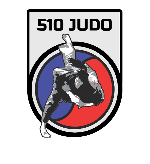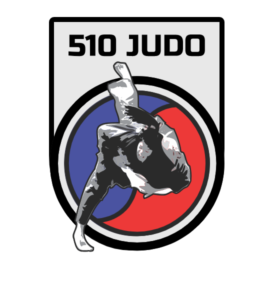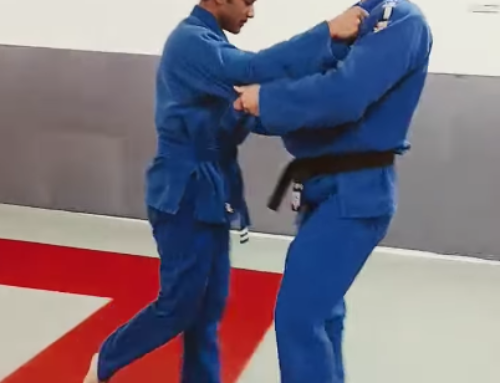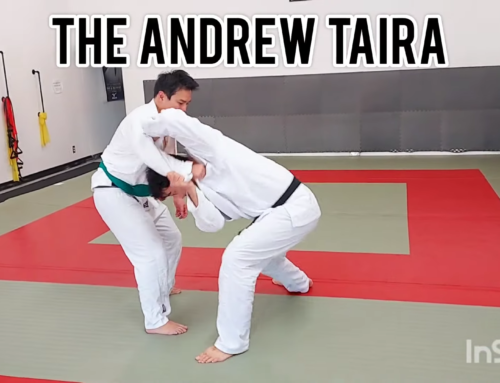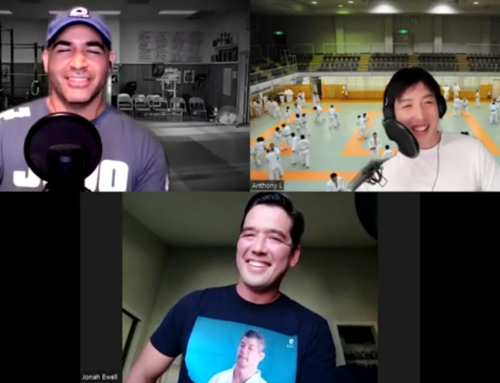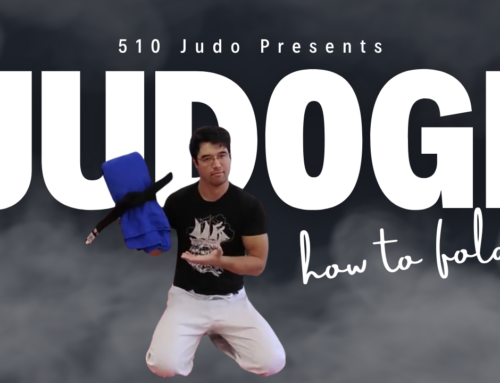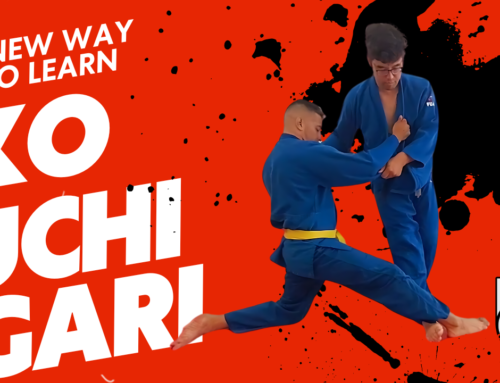Uta Abe is one half of a brother and sister judo phenom pair from Japan. At age 20, she is already a 2-time world champion (just like her brother Hifumi) and will likely do well at the 2021 Olympics.
Here is a collection of her doing randori practice (also known as “going live” or “sparring” or “rolling” in different contexts). Randori can be done many different ways. As you can see, although Abe is going hard here, she’s not going all out and trying to “win or score at all costs” as you would in a competition. For one thing, there’s no referee during randori, so there’s no one to call a score or penalty for or against you.
As a beginner at 510 Judo, you’ll be introduced to randori slowly so that you can get the most out of it. Here are some of the different types of randori practice we do:
- Trading throws randori – taking turns throwing with movement. No defense, no resistance, but you have to try and throw with movement. Good training for both tori (the thrower) and uke (person being thrown).
- Offense/Defense randori – one person does all offense, the other person does all defense. The next round you switch. The key here is that the defender is NOT ALLOWED to stiff-arm or use hip checks – only body movements, mostly circling away. This is a technical discussion that I may cover in another blog post.
- Regular randori but no grip fighting allowed – helps technical development of basic throws
- Grip fighting and entries but no finishing of throws – useful if you’re feeling beat up and don’t want to take falls but still want to practice
- Kosen or old school style – start standing but continue on the ground after throwing. Only stand up after a full twenty second pin, successful choke or armbar.
- Hard style – getting ready for a competition, try to mimic competition style as much as possible without hurting your partner.
- Shark tank – one guy stays in for short rounds against multiple opponents, getting a fresh body every 2-3 minutes.
